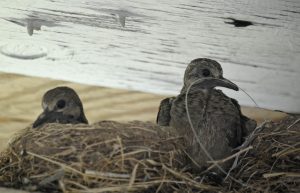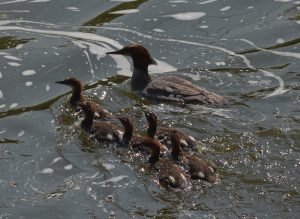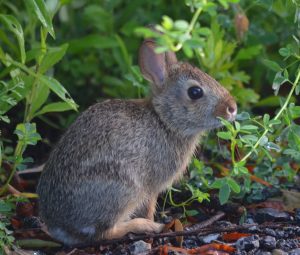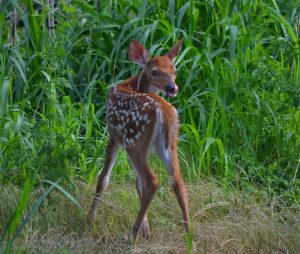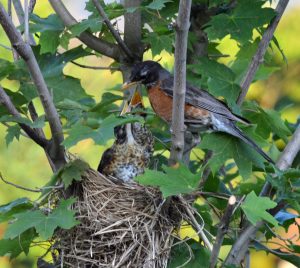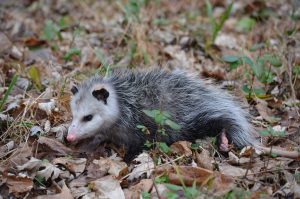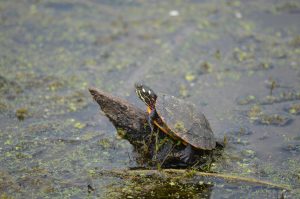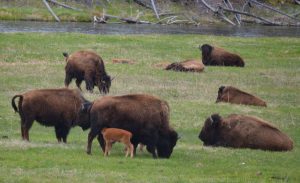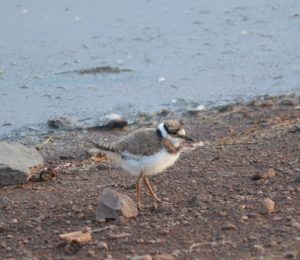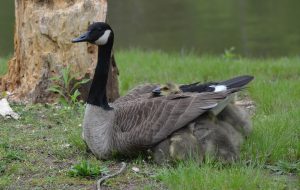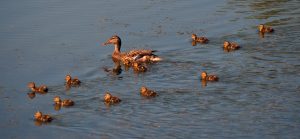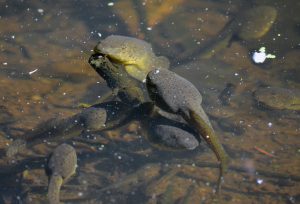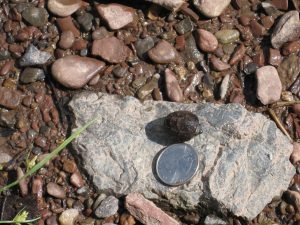As we edge closer to the official start of summer, the next generation of many animals are already busy growing and learning to survive on their own. In my outdoor travels, it seems like May and June are the two main months that I encounter many baby animals. The “nature nurseries” are full of baby birds, mammals, reptiles and amphibians still being fed and protected by their parents, learning to hide from predators, and sometimes, simply playing with their siblings. It can be an exciting and wonderful time, as well as a challenging and dangerous period in their young lives.
When we talk about baby animals, many of us may imagine that cute little fawn clumsily running after its mama near the forest, or the Robin parents in our backyards constantly grabbing worms and returning to the nest to feed eager, begging chicks. But many baby animals learn to find food for themselves fairly quickly after birth, while others may “hang” with their parents for much longer. Grizzly bear cubs may stay with their mother for 2-3 years. Does this sound familiar to any of you parents out there?
Baby animals are born in a variety of places. They can start their lives in a nest 100’ up in the forest canopy, or 10’ underground in a hidden burrow. The challenges they face are many, and unfortunately for many young critters in the wild, they will never survive to adulthood due to starvation, disease, predators and even humans. Sometimes, even our good intentions of concern can be detrimental to baby wild animals.
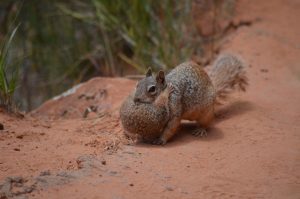
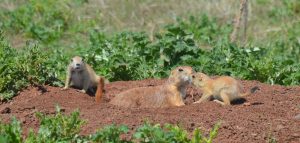 A mama Rock Squirrel carries her baby in Zion NP, while Prairie Dog babes play near their burrow at Wind Cave NP
A mama Rock Squirrel carries her baby in Zion NP, while Prairie Dog babes play near their burrow at Wind Cave NP
Waterfowl such as Canada Geese and Mallards will hatch many young, to insure some of them survive to adulthood.
Since there’s an abundance of wild baby animals out and about at this time of year, we often see them by themselves. Automatically, we assume the young critter has been abandoned by its parents or possibly injured. But, in most cases the parent (s) are close by and know exactly where their offspring are. Humans will “scoop up” baby birds or “capture” baby mammals, thinking they’re orphans and cannot take care of themselves. In most cases, this should be avoided. Baby wild animals belong in the wild! I’m not saying we shouldn’t care, we should, but unless you actually see a dead parent nearby, or the animal is obviously injured (broken bone/bleeding), or your dog or cat has brought it back to the house still alive, we should give their parents (most likely hiding nearby) a chance to reclaim their youngster. I like a slogan that NY State has used for many years, “If You Care, Leave Them There.”
…..and we can’t forget the other wild babies that may not be so cute-looking, like the tadpole of a Green Frog and a newly hatched snapping turtle which is smaller than the size of a quarter
May and June are the months for babes in many parts of the U.S. Although they may look abandoned, vulnerable or sick, most likely they’re not, and are just learning to survive in nature…with a little help from their parents. Observe them from a distance and allow the wild animal babies to be wild! Enjoy the outdoors!
